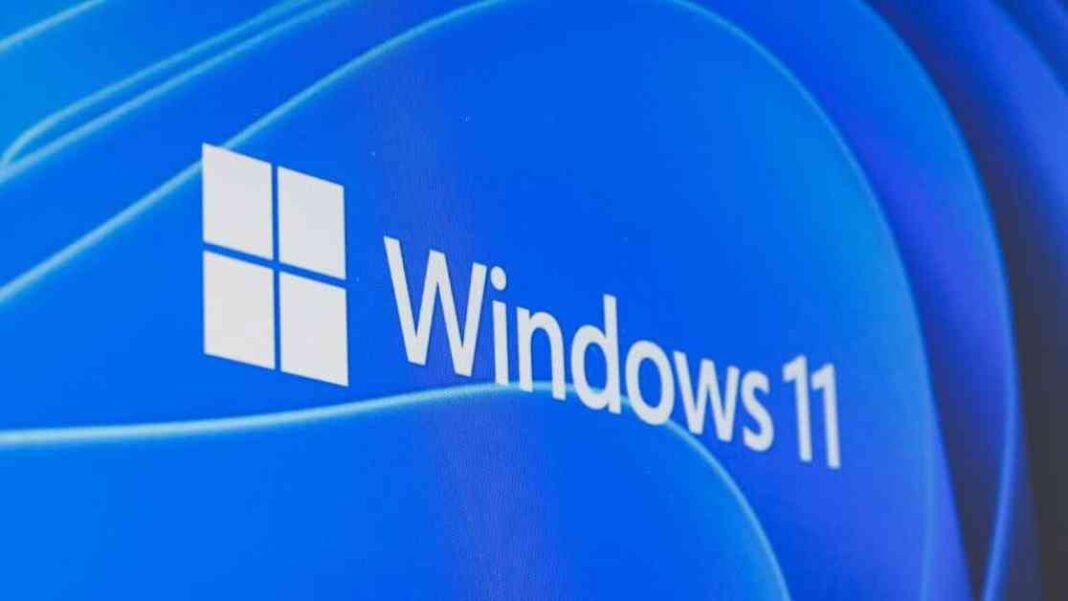Many users have been facing various issues after installing Windows 11’s major annual 2024 update. Problems like broken internet connections and buggy Windows features have become so severe that Microsoft has even blocked the update for some users.
If you are struggling with a troublesome Windows 11 24H2 experience, you can uninstall the update and reset your Windows 11 system. However, please note that although data loss is rare during this process, there is always a small risk of encountering problems. It is advisable to back up your important data to an external drive before reverting Windows 11 to ensure that your data remains safe.
To reset Windows 11, follow these steps:
1. Open Settings by pressing the Windows key + I keyboard shortcut.
2. Navigate to System in the left sidebar and scroll down to select Recovery.
3. Under Recovery options, click on Go back to uninstall the latest Windows 11 update and revert to the previous version. Installed apps will be retained, except for those installed after updating to 24H2.
4. If the button is grayed out, you can try clicking on Reset PC instead, although this may result in the loss of some installed apps.
After initiating the reversion process, Windows will prepare for the reset. Follow the on-screen prompts to complete the process, including clicking Next at each stage until you reach the Revert to a previous build option. Once you click on this, Windows 11 will begin the reversion process, and the previous version you had before installing 24H2 will be restored.
After restarting your PC, log in to Windows 11 as usual, and everything should be back to normal. When Microsoft addresses the issues in Windows 11 24H2, you can attempt to update again.
For further information on the changes in Windows 11 24H2, you can refer to additional resources to stay informed about the latest updates and improvements in the operating system.
This article was originally published in German on our sister publication PC-WELT and has been translated and adapted for our readers.











